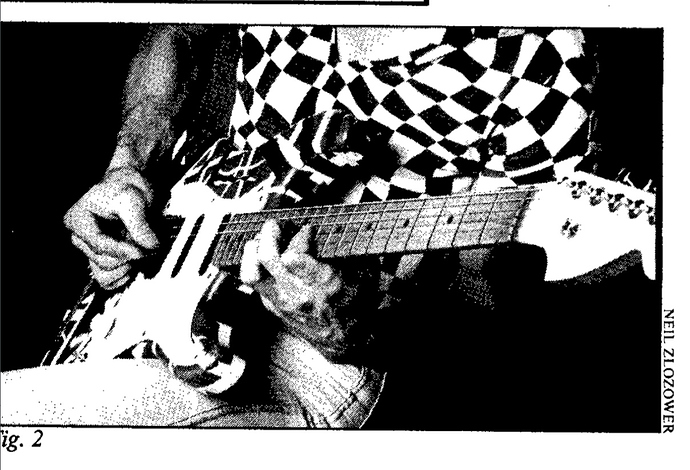The Yngwie thing? I don’t recall having to work that up to speed. To be clear, I am no fretting master. I’m just living in a decades-old comfort zone playing super common shapes that everyone is familiar with. I definitely recall a time when fretting “scales”, like the solo in Van Halen’s “On Fire”, was awkward and foreign. But that was, literally, 30 years ago!
Again, I only realized how repetitive it all is when I transcribed some Bach relatively recently. I get it, fingering is not inherently easy, and there are definitely weird fingerings that are not idiomatic to guitar.
So your question of how do you learn something new that you find complicated fretting-wise, I don’t know. But if I had to guess, I would guess that memorizing sequences of motions you already know how to do (fretting) is a fundamentally different motor system challenge than acquiring a new motion itself (learning picking).
I would guess further that the sequencing of known motions responds better to traditional music practice, like slowness and repetition, because it’s largely a memorization challenge. And the acquisition of new motions responds better to the techniques we are discussing here because it is about the discovery of a way of moving that is totally unknown to you currently.



